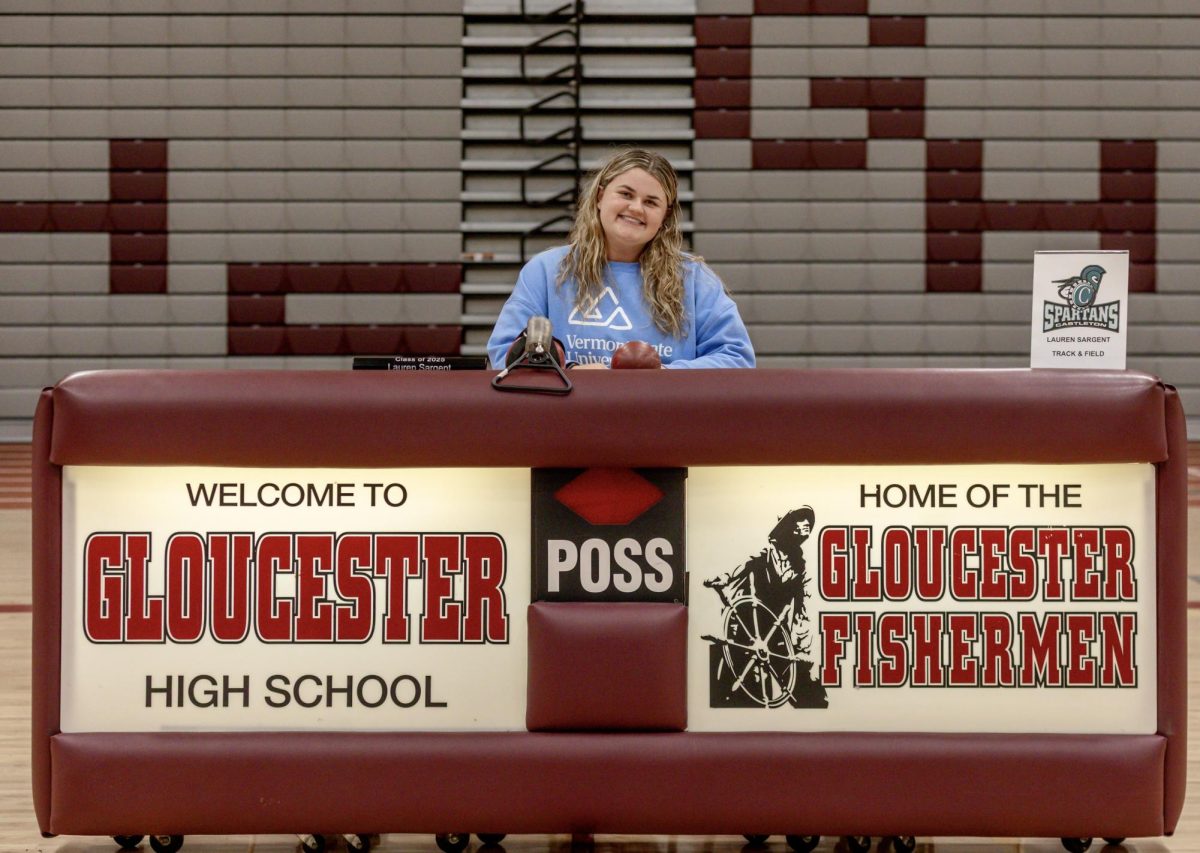9 tips for the college application process
October 18, 2022
As September comes to a close, most seniors are finding that the college application season is in full swing. This can be a stressful time, especially for those who are thinking about ten, fifteen, or even twenty different schools. Whether you’re just getting started or putting the finishing touches on your essays, here are nine steps that should get you on track for a successful four years post-GHS.
1. Register for a Common App account.
The vast majority of colleges and universities in the United States accept applications primarily through the Common App. With an account, all parts of your application are centralized (personal information, extracurriculars, essays, etc.), making it easy to add or remove colleges from your list.
Depending on where you want to apply, you may need to make other application accounts as well. For example, the University of California system has its own portal.
2. Come up with a list of schools.
There are currently over 5,000 colleges and universities in the United States. With a number that large, you’ll want to quickly narrow down your list to a more manageable size.
Do you want to live in a big city or a rural college town? Huge state university or small liberal arts school? How about social life: party scene or low-key? Are there specific programs you’re interested in that are only offered at some universities? What about your post-college plans—if you’re thinking about graduate school or already have a career in mind, think about what might best prepare you for that. Visiting a school or taking a campus tour can help you get a feel for the vibe and culture you might find there.
Remember, it’s important to have a mix of safety, target, and reach schools. Look at the scatterplots on a college’s Naviance page to see how your stats (GPA and test scores) compare to other graduates of GHS. This should give you an idea of how you might stack up in the admissions process.
3. Request your transcript from GHS.
To do this, you’ll need a Naviance account. These were created for all current seniors last year, so if you don’t have one, contact your guidance counselor to make sure you can get in. Search for the schools you’re interested in and add them to your “colleges I’m applying to” list. Select “request transcripts” and check off your schools. Although this step is pretty simple, it’s better to get it done early in case something goes wrong.
4. Request letters of recommendation.
When deciding who you want to write these to, think about which teachers you’ve really connected with in the past. It helps to get letters from teachers in subjects related to what you want to major in. For example, if you want to study engineering, consider asking a math, physics, or technology teacher. If you haven’t already, be sure to fill out your “brag sheet.” This should give your writers an idea of what they should highlight about you, so make sure you show off your strengths.
This step is also completed through Naviance. Click on the “colleges” tab at the top, then click “letters of recommendation.” Then press “add request,” pick a teacher from the drop-down menu, and check off each school you want to receive his/her letter. Remember to keep in mind how many letters each of your schools requires and accepts.
5. Register for the SAT/ACT and report your scores.
While not all colleges require standardized test scores, a strong result on the SAT or ACT can show that you’re ready for a college-level workload. If you have already taken one of these tests, make sure to report these scores on your Common App and check which colleges require official reports. For those who have taken AP tests in the past, you can report these as well (again, check where you’ll need College Board to send scores for you).
There’s still time to sign up for upcoming test dates, too. The SAT is administered twice before the end of the year, and the ACT once. Visit their websites for more information.
6. Write your essays.
One of the most important pieces of your application is the 650-word Common App personal statement. This is your chance to really let admission officers know who you are as a person—separate from your grades and test scores. Take a look at the seven different prompts and try to generate a few ideas for each, then narrow those down until you find a topic that you’re excited about.
Many colleges also have required supplemental essays, which are usually shorter but can be just as important. These prompts might be more school-specific: for example, why you want to attend a certain college or which of their programs interests you. Remember, your English teachers are here to help you during this step—use them!
7. List your extracurricular activities.
You’re only in school for 35 out of 168 hours a week. Colleges want to know how you fill the other 133 hours. Everything counts here: sports, clubs, instruments, jobs, creative endeavors, personal projects, and even household chores. Be as specific as you can, list any leadership positions you might have (for example, being the president of a club or the captain of a team), and try to calculate the total amount of time you spend on each commitment.
8. Financial aid.
It’s no secret that paying for college, especially a private college, is extremely expensive in this country. Most students afford tuition through a combination of payment, loans, financial aid, and on-campus work.
Fill out the FASFA form with your parents to find out how much the federal government will give you in student loans. FAFSA loans have low-interest rates, which means you won’t be paying too much more than you borrowed after you graduate and start earning a salary. Check out College Board’s Net Price Calculators as well, which can give you a rough estimate of what you might be paying at a specific school based on your family’s income, assets, and household information.
You might also want to spend time looking for scholarships to apply to. Websites like U.S. News Scholarship finder can help find scholarships that you might be eligible for. Contacting colleges’ financial aid offices can also inform you about scholarships specific to that school.
9. Keep track of your deadlines.
With this much to get done before you hit “submit,” you’ll want to make sure you’re following a solid timeline. Start planning out which steps you’ll complete when, and make a calendar of important dates.
If you’re applying for early decision or early action anywhere, remember that those deadlines are usually at the start of November. Most regular decision deadlines occur at the start of January, but it’s still good to have your application set a few weeks beforehand.































